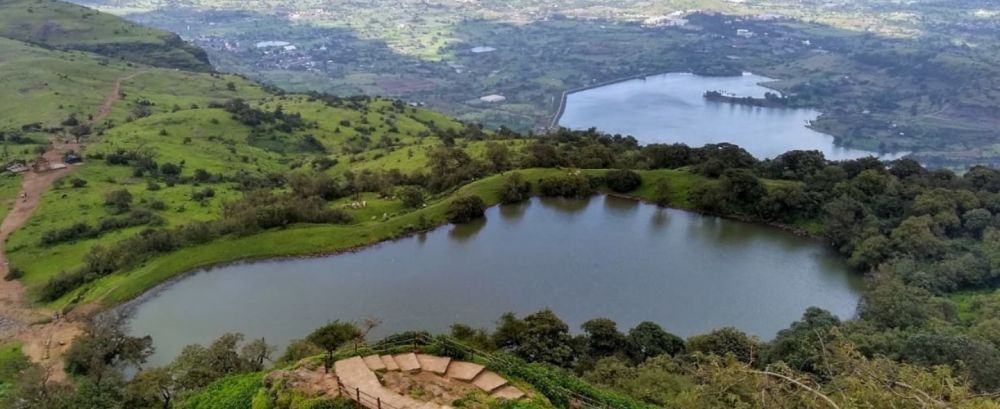

Anjaneri Hill, situated in the mesmerizing landscape of Nashik, Maharashtra, holds a significant place in the hearts of both history enthusiasts and nature lovers. Considered the birthplace of Hanuman, the Hindu God of strength and devotion, Anjaneri is not just a hill but a destination steeped in the mythological tales of the Ramayana.
The history of tourism in Anjaneri is closely related to its religious importance. For centuries, it has been a pilgrimage site for devotees who visit the Anjaneri Fort and the temples dedicated to Hanuman and his mother Anjani. With the growth of cultural tourism, the historical significance of the site has captured the interest of tourists from across the globe.
Archeological findings suggest that the area has been inhabited since ancient times, and the Anjaneri Fort is believed to date back to the Satavahana era. Over the years, the fort has been under the control of various dynasties, including the Mughals and the Marathas, each leaving their imprint on the architecture and cultural fabric of the region.
Besides its mythological and historical allure, Anjaneri is known for its picturesque trekking routes. The trek to Anjaneri Hill is popular among adventure seekers for its moderate difficulty level and the stunning panoramic views it offers of the surrounding landscape. The rich biodiversity of the area, with its unique flora and fauna, is an added draw for nature enthusiasts.
The latest trends in Anjaneri Hill tourism include eco-friendly and sustainable travel experiences. Tourists today are more aware of the environmental impact of their travel choices and are seeking ways to explore Anjaneri Hill without causing harm to its natural and cultural heritage.
Additionally, experiential tourism has been on the rise, with travelers looking for authentic local experiences. This includes participation in local festivals, sampling traditional cuisine, and engaging in activities that promote understanding of the region’s culture.
When planning a visit to Anjaneri Hill, it's important to keep in mind the best times to travel. The post-monsoon months of September to February offer pleasant weather, making it ideal for trekking and sightseeing.
As Anjaneri continues to grow as a tourist destination, there is a concerted effort by the local government and community to preserve its natural beauty while accommodating the influx of tourists. This includes improvement in infrastructure, such as better roads and more efficient waste management systems, to ensure that Anjaneri Hill remains a pristine and inviting destination for future generations.